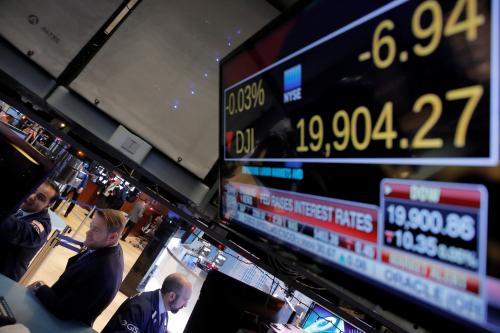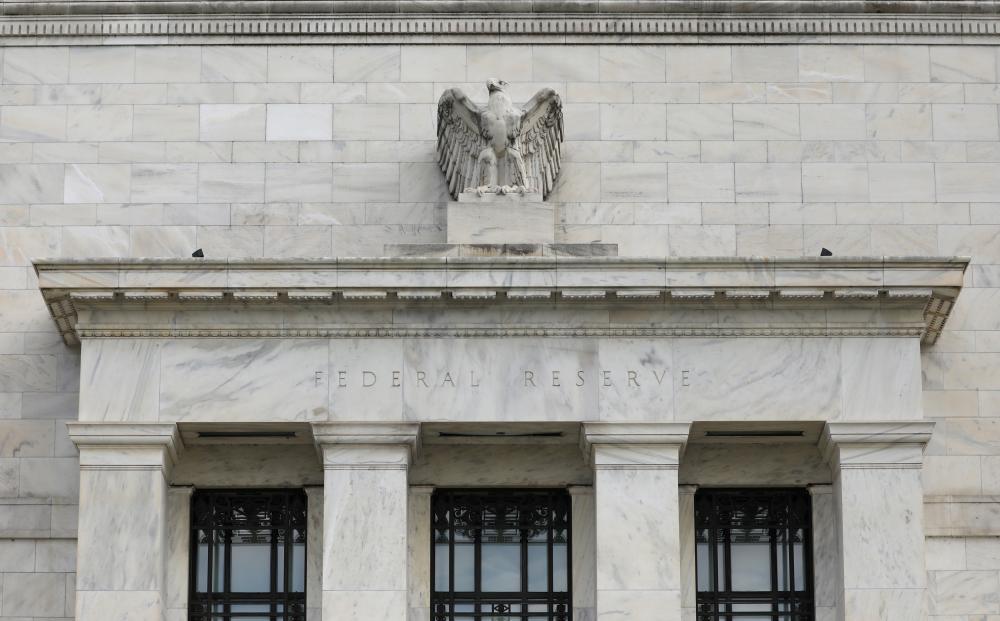Over the past thirty years, rates of return on super-safe public U.S. Treasury debt have been falling. Meanwhile, the rate of return on private sector investment, has either increased or at least remained stable, as can be seen in the high level of corporate profits and stock market returns. Harvard’s Emmanuel Farhi and François Gourio of the Federal Reserve Bank of Chicago look at what’s causing the rising wedge between these public and private rates of return.







